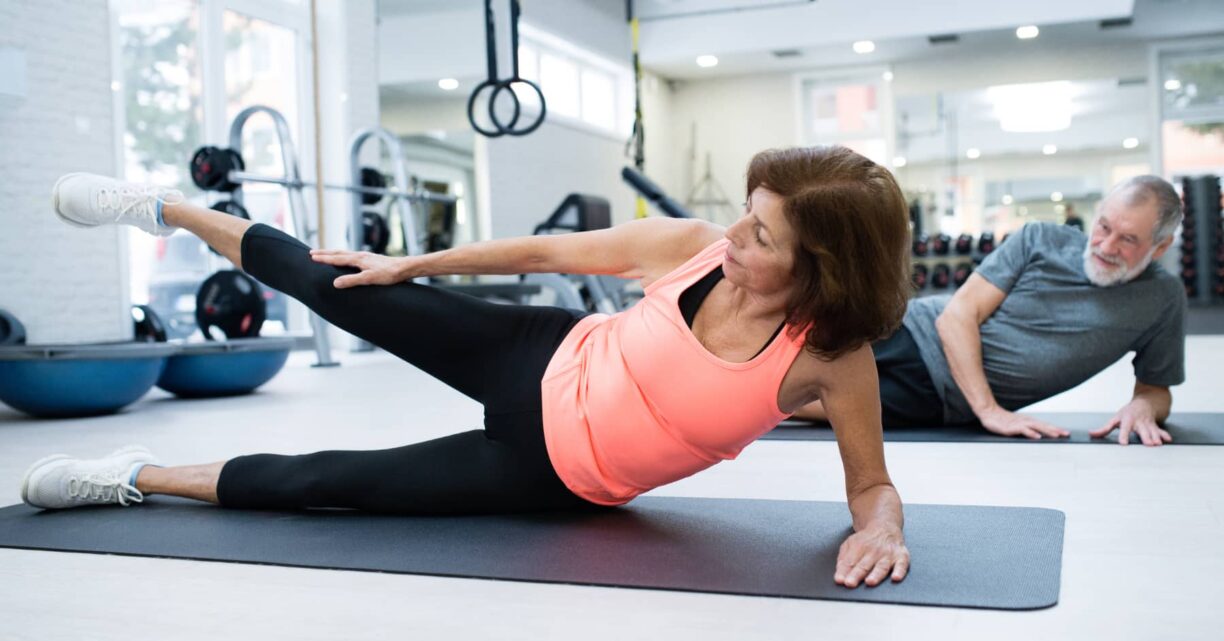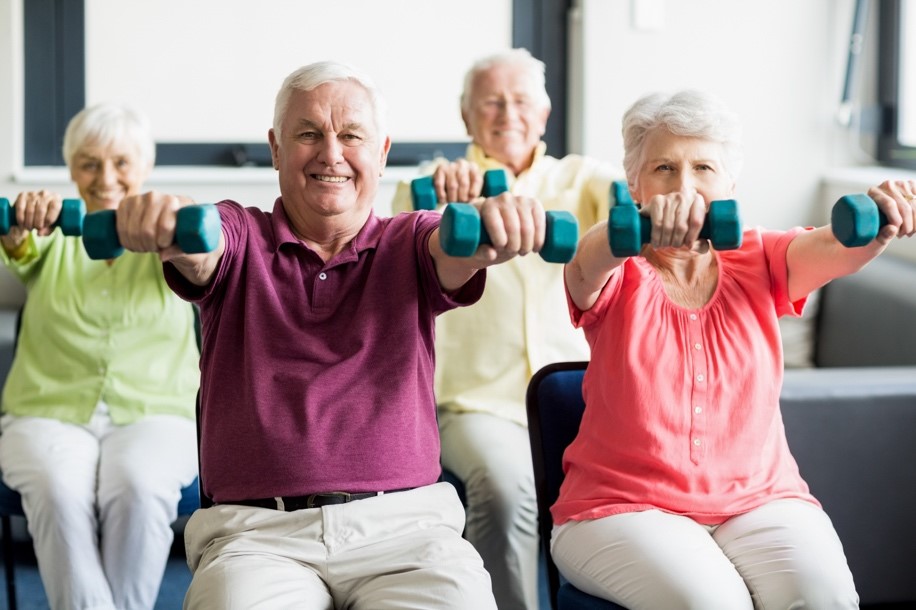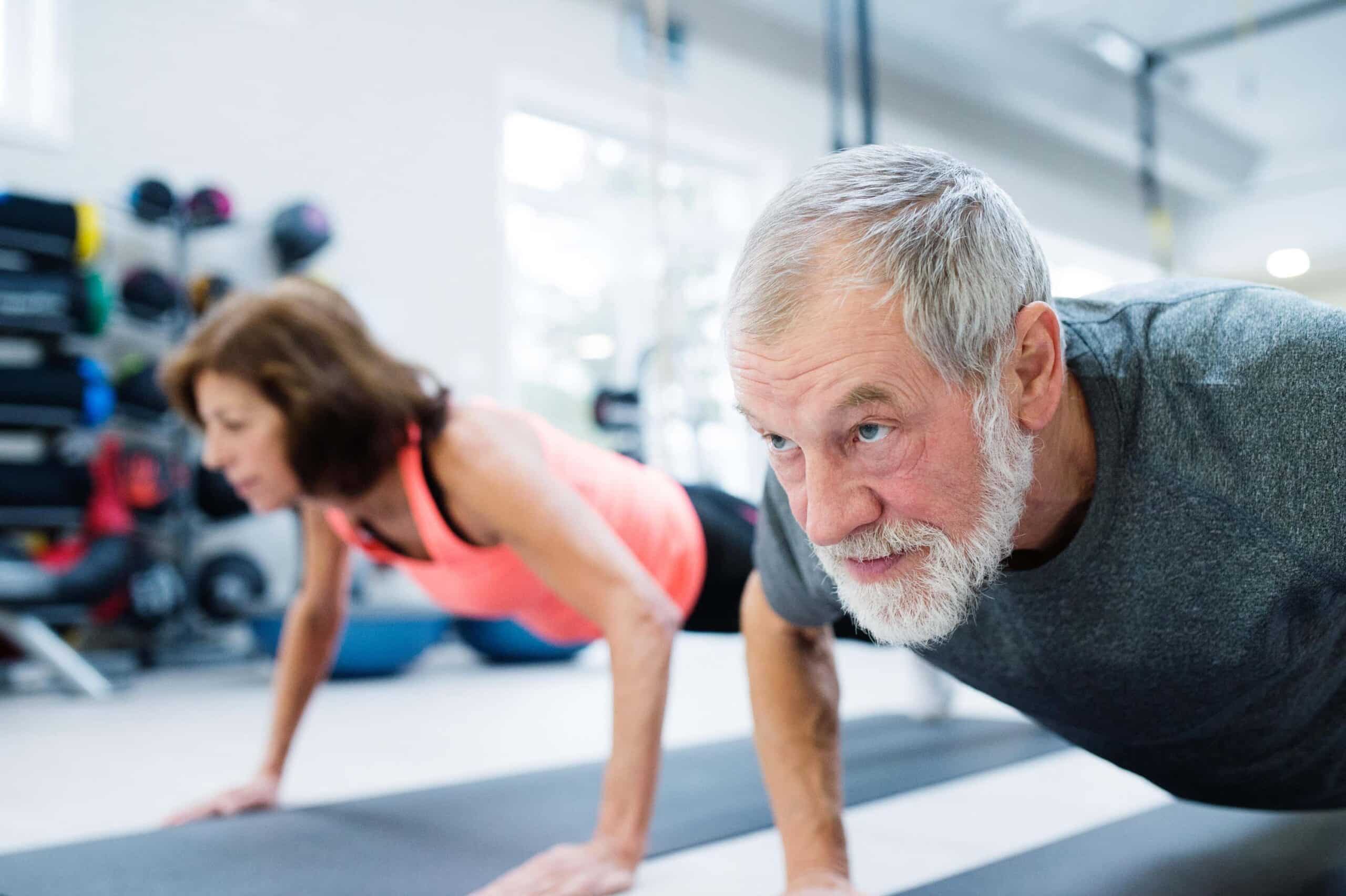Ensuring a vibrant and active life as we age necessitates the preservation of muscle strength, vital for daily tasks and overall well-being.
Despite underestimation of muscle usage, a significant number of Brits seek advice on muscle building each month.

Muscle mass diminishes by 3–8% per decade after 30, with a steeper decline post-60, impacting mobility and increasing the risk of falls and fractures.
Regular strength training and adequate protein intake are fundamental for maintaining muscle health.
Caregivers, in particular, benefit from muscle preservation to support their loved ones effectively.
Occupational therapist Kate Sheehan from Stannah emphasises the efficacy of short, intense exercise sessions for maintaining muscle mass and mobility.
Sheehan shares additional insights garnered from her extensive career:
- Exercise in short vigorous bursts
Studies have shown that little and often takes the win. Doing smaller, more manageable sessions of physical activity is as good, if not better than, longer bouts of exercise.
Including smaller bouts of activity and fitting physical activity in our everyday lives is more realistic, achievable, and enjoyable, especially for those of us who don’t typically enjoy exercise.
By making exercise habitual and embedding it into our daily routine, we are more likely to keep doing it.
- Focus on muscle strengthening exercise

As we age, we experience a decrease in muscle mass, size, and strength, as our muscles produce less force.
A fitness survey conducted by Don McCauley showed that 55% of people over 65 did not have enough quad and glute strength to rise from an armchair unaided.
With our increased sedentary lifestyles and the belief that we will experience limited strength and mobility in older age, these numbers make sense. However, it is never too late to build muscle mass and strength.
By doing twice weekly muscle strengthening exercises, we can continue to live independently as we get older, as well as sustain blood glucose levels; improve balance and maintain body weight as building muscles uses energy and improves metabolism; improve our mental fitness; and fight off cancer (strength training twice weekly can reduce cancer overall by almost a third, 31%).
This does not need to be lifting weights in the gym but could include using our body weight or daily objects, such as bicep curls using shopping bags or tinned foods, doing calf raises whilst waiting for the kettle to boil, toe raises while talking on the phone, or side leg raises while working at a standing desk, which is a great way to work our side hip muscles that may help prevent falls.
- Keep moving – walking could save your life
Everyone seems to think that running is better than walking when it comes to exercise benefits, but research is now showing that brisk walking can reach moderate to high intensity exercise, which gets the heart rate up, encourages blood circulation and burns energy.
Running can be impactful on the joints so is not for everyone, especially as we get older. This is good not only for our physical but mental health, as walking with friends reduces the amount of time we spend alone and indoors.
- Find something you love doing
If we know that exercise is good for us, then why do we avoid it? We have come to think of exercise as work or a punishment.
This often leads to many of us to giving up exercising all together. The problem is that many of us who struggle with exercising consistently, have not found a form of exercise that we enjoy, so we put it off. Try a variety of different exercises and stick with the activity that you enjoy most.
- Buddy up with a friend to exercise
Finding someone that we can exercise with will help hold us to our well-made plans, as we are less likely to make excuses with a friend or loved one than we are with ourselves.
So, find someone who will hold you accountable. This will also help to improve your wellbeing through social connection.
Ultimately, prioritising physical activity bolsters muscle strength, mitigates disease risks, uplifts mood, reduces fall risk, alleviates depression, and fosters social bonds.
This holistic approach not only encourages sustained activity into older age but also aids caregivers in managing their responsibilities effectively, minimising the risk of injuries and chronic pain.





